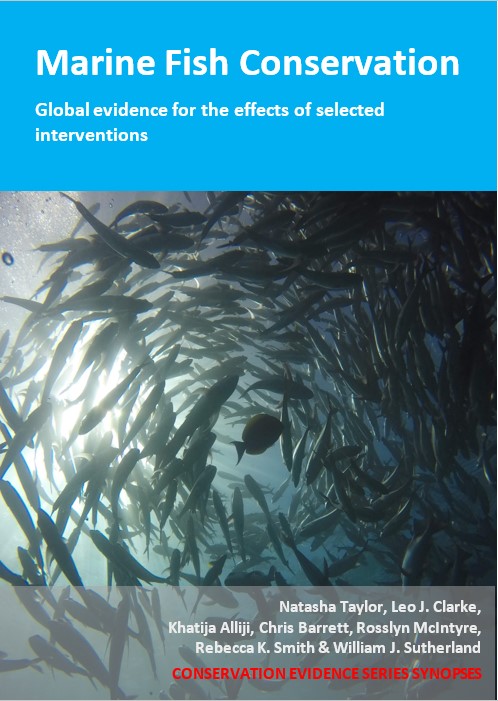Modify a bottom trawl to raise parts of the gear off the seabed during fishing
-
Overall effectiveness category Awaiting assessment
-
Number of studies: 2
View assessment score
Hide assessment score
How is the evidence assessed?
-
Effectiveness
not assessed -
Certainty
not assessed -
Harms
not assessed
Study locations
Supporting evidence from individual studies
A replicated, randomized, controlled study in 1993 in two areas of seabed in the Gulf of Carpentaria, Australia (Brewer et al. 1996) found that unwanted catch of sharks Carcharinidae, other sharks/rays Elasmobranchii and non-commercial fish species was lower in bottom trawls rigged to fish above the seabed (no groundrope), compared to a conventional trawl with the groundrope in contact with the seabed. Overall, catch rates of unwanted sharks were lower for both raised trawl configurations, 0.4–0.5 m above the seabed (3 kg/h) and 0.8–0.9 m above the seabed (1 kg/h) compared to the conventional trawl (5 kg/h). No other sharks/rays were caught in either modified trawl, but 58 kg/h were caught in the conventional trawl. Catch of unwanted fish species was also lower with the trawl 0.4–0.5 m above the seabed (62 kg/h) and at 0.8–0.9 m above the seabed (12 kg/h) than in the conventional trawl (190 kg/h). In addition, catch rates were similar between both modified trawls and the conventional trawl for all 12 target or commercially valuable species caught (see original paper for data). In November 1993, two 18 × 18 km sites were trawled at 41–58 m depths with three trawl designs with 50 mm mesh codends: two trawls with the groundrope removed, and rigged to fish at either 0.4–0.5 m or 0.8–0.9 m above the seabed by means of floats on the headline floats and weights on the footrope, and one conventional trawl with a 170 kg footrope (see original paper for gear configurations). Sites were trawled alternately for three days at a time (five trawls a day, in separate grids) using a different gear each day, with the gear type randomly re-ordered each time. All catch species were identified and weighed.
Study and other actions testedA replicated, controlled study in 2011 of an area of seabed in the Gulf of Maine, North Atlantic Ocean off Portland, USA (He et al. 2015) found that the effect of modifying a shrimp trawl to raise the connecting wires between the doors and net (bridles) off the seabed on unwanted fish catch varied between species, compared to conventional trawls with bridles in contact with the seabed. Of seven unwanted (non-commercial target) fish species/groups monitored, average catch rates were lower in modified trawls for three: long rough dab Hippoglossoides platessoides (3 kg/h), redfish Sebastes fasciatus (2 kg/h) and all flounders combined Pleuronectoidei (4 kg/h), compared to conventional trawls (plaice: 2, redfish: 1, flounders: 3 kg/hr). Catch rates of silver hake Merluccius bilinearis, Atlantic herring Clupea harengus, red hake Urophycis chuss and witch flounder Glyptocephalus cynoglossus were similar between gears (raised bridles: 2–38 kg/h, conventional: 1–35 kg/h). In addition, catch rates of the commercial target Northern shrimp Pandalus borealis was similar between gears (raised bridles: 141 kg/h, conventional: 146 kg/h). Data were collected on a commercial vessel from 30 trawl deployments/gear type between March–May 2011. For the modified gear (raised bridles), the wire bridles were replaced with polypropylene rope, while the conventional gear had steel wires. Codend mesh size was 43 mm. Tows were between 90–155 m, 2.3 knots and 1 h duration. All catch was identified and counted.
Study and other actions tested
Where has this evidence come from?
List of journals searched by synopsis
All the journals searched for all synopses
This Action forms part of the Action Synopsis:
Marine Fish Conservation





)_2023.JPG)














